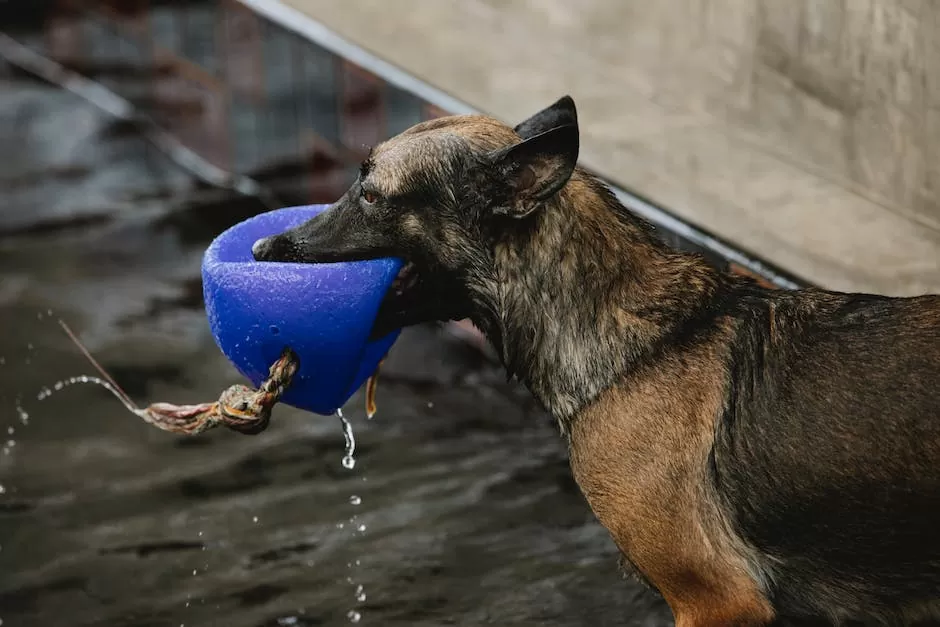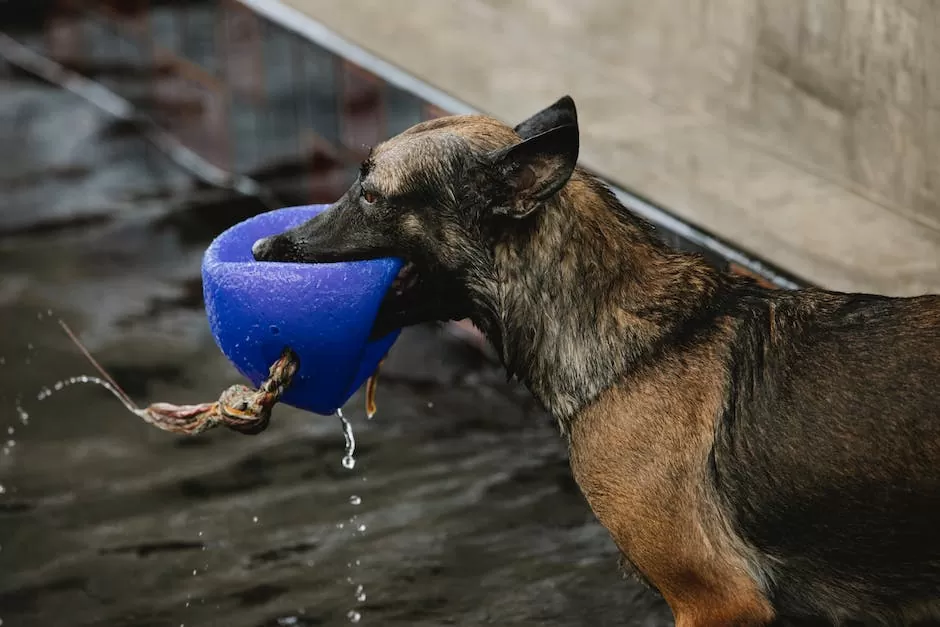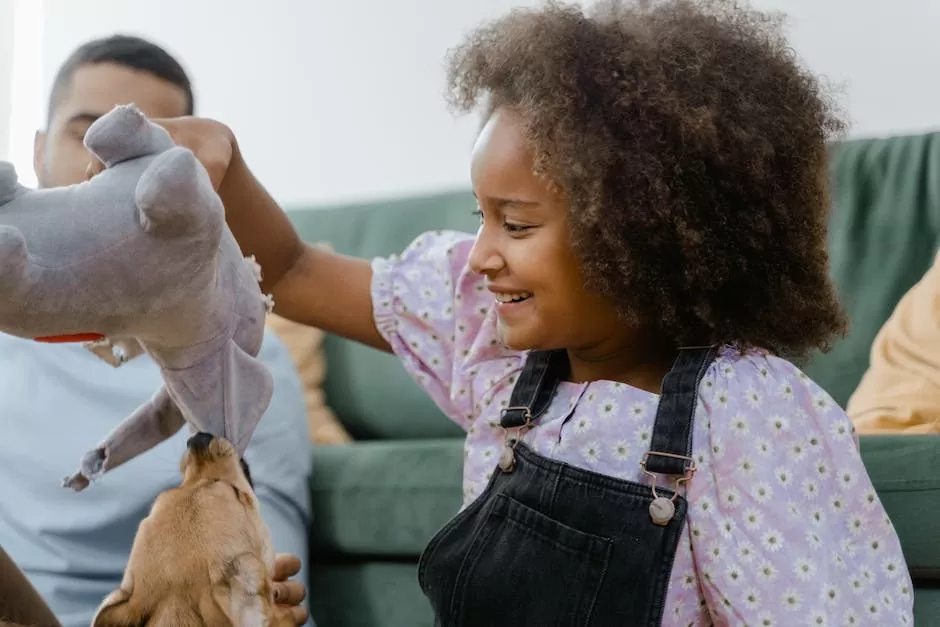What is the one bite rule for dog’s?

The one bite rule for dogs is that a dog gets one free bite. After that, if the dog bites someone, the owner is automatically at fault and liable for damages.
The one bite rule for dogs is that if a dog bites someone, the dog’s owner is only responsible if the dog had previously bitten someone else and the owner knew about it.
What is the one bite rule for dogs?
The “One Bite” Rule is a legal theory that states that the owner of an animal is liable if they knew or should have known that the animal might act in a dangerous or harmful way. This theory is based on the idea that an animal gets one free bite, and after that, the owner is aware of and responsible for the animal’s vicious tendencies. This rule is important because it sets a precedent for liability in cases where an animal harms someone.
The euthanasia of a dog that has bitten people on two separate occasions is a controversial topic. While some feel that the dog must have caused substantial physical injury after being trained to fight, attack or kill in order to be put down, others believe that any dog that has bitten someone twice should be euthanized. There is no clear answer, and each case must be evaluated individually.
Can a dog be put down for one bite
Euthanasia may be required after a dog bite in California if the dog has rabies, if the dog has bitten at least 2 people, or if the dog has bitten and seriously injured someone, and had been raised to attack people or fight. These are just some of the potential reasons why euthanasia may be required, so it’s important to be aware of them if you’re ever in a situation where you or someone else has been bitten by a dog.
Dogs that bite once are likely to attack again, and the second attack is often more vicious than the first. The dogs that attack most are not necessarily the breeds most commonly thought of as aggressive. Mixed-breed dogs were responsible for 23% of attacks studied, followed by 137% by Labrador retrievers.
Why do you have to wait 10 days after a dog bite?
The 10-day confinement and observation period for dogs and cats that bite humans has stood the test of time as a way to prevent human rabies. This quarantine period avoids the need to destroy the biting dog or cat in order to test its brain for the rabies virus. The 10-day confinement and observation period also allows for a thorough evaluation of the animal’s health and behavior. If the animal is healthy and does not exhibit any signs of rabies, it can be released to its owner.
Pit bulls are considered one of the most dangerous breeds of dogs by many courts. This is because they have been involved in a large number of attacks on humans and other animals. Chow chows, Doberman Pinschers, and Rottweilers are also considered dangerous breeds, though not to the same extent as pit bulls. These breeds are often involved in attacks due to their size and strength.
How long do dogs stay in the biting stage?
For the vast majority of puppies, mouthing or play biting is a phase that typically lasts between three and five months. If your puppy is excessively mouthy or aggressive, consult with a veterinarian or certified trainer to help address the behavior.
It’s important to seek medical care within 24 hours of being bitten by a dog, even if the bite hasn’t broken the skin. Dog bites can cause medical problems that may not be immediately obvious, such as rabies.
Do all dog bites need to be treated
Most dog bites are minor and can be treated with local wound care. However, wound infection complications after a bite occur 10% to 20% of the time and require antibiotics. If you suspect that your wound is infected, see your doctor right away.
If you have a wound that is bleeding, it is important to remove any objects that may be in the wound, such as teeth, hair, or dirt. You can encourage the wound to bleed slightly by gently squeezing it, unless it is already bleeding freely. If the wound is bleeding heavily, put a clean pad or sterile dressing over it and apply pressure. Dry the wound and cover it with a clean dressing or plaster.
Why did my dog suddenly bite someone?
There are many reasons why a dog might become aggressive, but one of the most common is fear. When a dog feels threatened or is fearful of something or someone, they may lash out in an attempt to protect themselves. This can be extremely dangerous, as a dog’s bite can cause serious injury or even death. If you think your dog may be exhibiting signs of aggression, it is important to seek professional help to ensure everyone stays safe.
There are multiple reasons that a dog may exhibit aggression toward family members The most common causes include conflict aggression, fear-based, defensive aggression, status related aggression, possessive aggression, food guarding aggression and redirected aggression.
Of these, conflict aggression is probably the most common, and occurs when the dog perceives a threat to itself or its resources (e.g. food, toys, etc.). This can be caused by a number of factors, such as a lack of socialisation, mistrust of humans, or simply feeling overwhelmed. Fear-based aggression is similar, but is usually the result of a traumatic event or sustained exposure to something that the dog perceives as threatening.
Defensive aggression is a natural response to feeling threatened, and is usually seen in dogs that have been poorly socialised or are otherwise inexperienced with humans. Status related aggression is mostly seen in male dogs, and is the result of the dog trying to establish dominance over its human family members. Possessive aggression is another form of dominance-related behaviour, and occurs when the dog feels that its possessions (e.g. food, toys, etc.) are under threat.
Food guarding aggression is a common problem in households with multiple dogs, and occurs when the dog perce
What dogs are most likely to bite unprovoked
Pit bull type dogs, Rottweilers, German Shepherds, Presa Canarios, and Wolf-Dog Hybrids have been shown to be responsible for more dog bite attacks than any other breed of dog. Although these attacks represent a small minority of total dog bites, they are nonetheless cause for concern.
Other breeds of dog that have been shown to be responsible for a high number of dog bite attacks include Siberian Huskies. These attacks are often the result of owners failing to properly train and socialize their dogs, and as such, they can be prevented.
It is important to quarantine a dog after it bites a person in California. This is to make sure the dog does not have rabies. Bites must be reported to local health officials, triggering the quarantine process. The quarantine process is mandatory and must be followed to protect the public.
What are the do’s and don’ts after dog bite?
Wound healing is a complex process that involves the coordinated action of many different cells and proteins. In order to heal properly, it is important to keep the wound clean and free from infection. After the initial 24 to 48 hours, the wound can be gently washed with clean water 2 times a day. Do not scrub or soak the wound, as this can damage the delicate tissue and slow healing. Avoid using hydrogen peroxide or alcohol, as these can also slow healing. Instead, you may cover the wound with a thin layer of petroleum jelly, such as Vaseline, and a non-stick bandage.
The National Institues of Health (NIH) and the Centers for Disease Control and Prevention (CDC) in the USA recommend that anyone who has been bitten or scratched by an animal suspected of having rabies receive immediate medical attention.
The WHO has categorized rabies exposures into three categories, I, II, and III, based on the severity of the exposure.
Category I: exposure to saliva or certain body fluids of a live animal through intact skin (touching or feeding animals, animal licks on intact skin).
Category II: exposure to saliva or certain body fluids of a live animal through broken skin (nibbling of uncovered skin, minor scratches or abrasions without bleeding).
Category III: exposure to saliva or certain body fluids of a live animal through a deep wound (single or multiple transdermal bites or scratches, contamination of mucous membrane or broken skin with animal tissue).
Anyone who has been exposed to the saliva or body fluids of a live animal suspected of having rabies should receive immediate medical attention and evaluation by a healthcare professional.
Final Words
The “one bite rule” is a legal doctrine in the United States that says a person who owns a dog is usually not held responsible the first time the dog bites someone.
The one bite rule for dogs is that if a dog bites you, you have the right to sue the dog’s owner. This rule is in place because dogs are often considered to be dangerous animals that can cause serious injury or even death to a person.